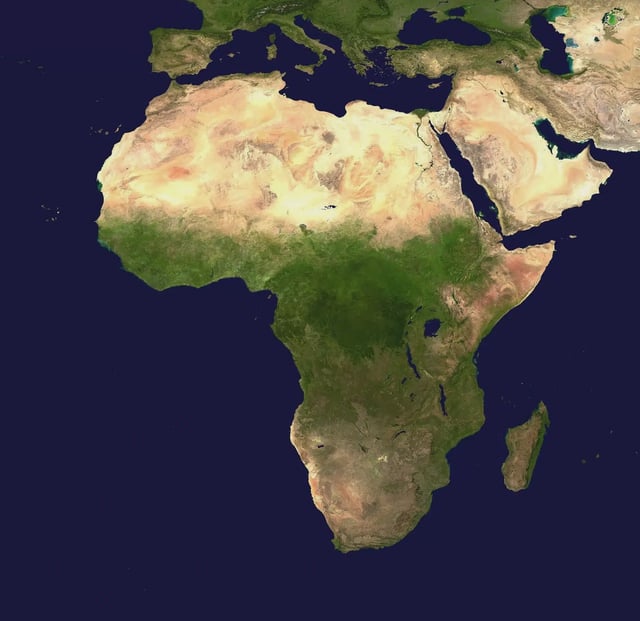Overview
- Researchers analyzed over 130 volcanic rock samples from the Afar triple junction and the Main Ethiopian Rift using geochemical methods and statistical modeling.
- The study identifies a single, asymmetric mantle plume beneath Ethiopia marked by repeating chemical stripes that function as geological barcodes.
- These barcodes record rhythmic pulses of partially molten rock that surge upward in a heartbeat-like pattern.
- Pulse behavior shifts with variations in tectonic plate thickness and rifting speed, linking deep upwelling directly to surface volcanism and earthquakes.
- This pulsing upwelling is driving a multi-million-year continental breakup that will eventually form a new ocean basin as Africa’s rifts continue to widen.


